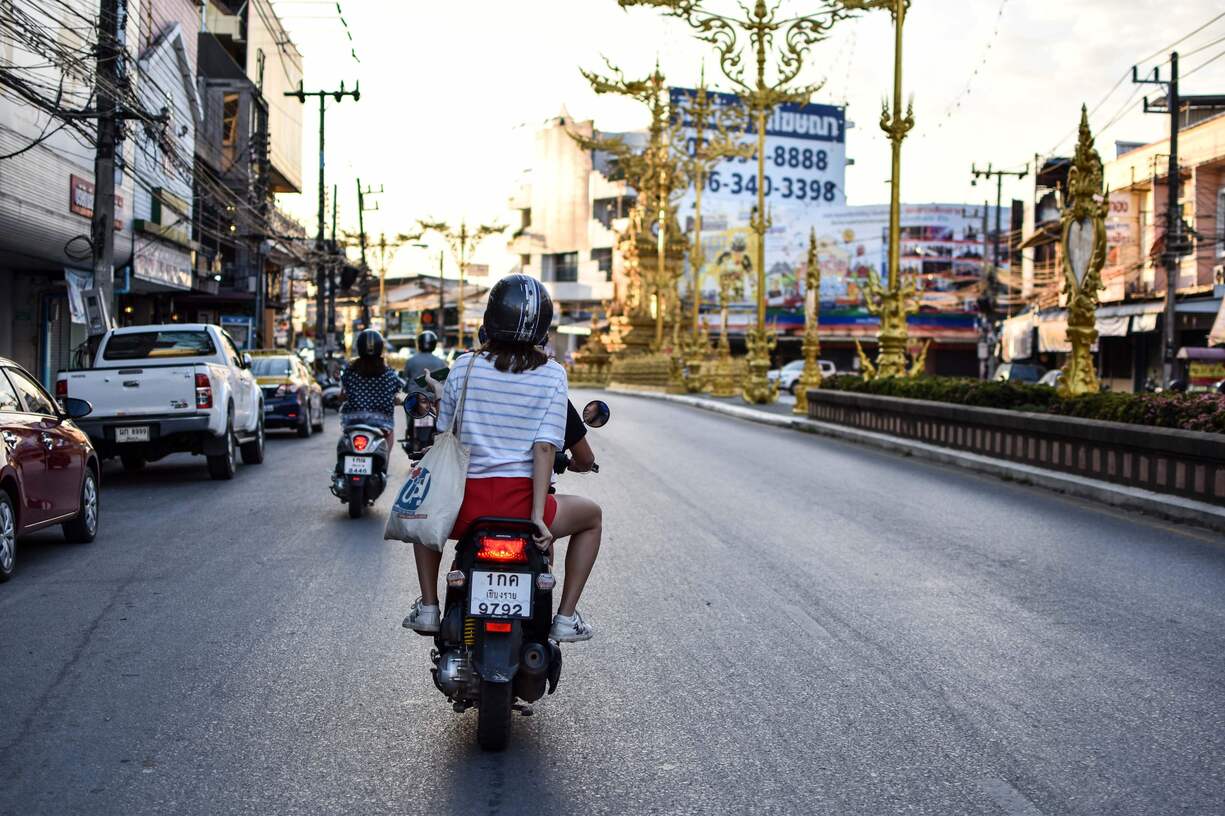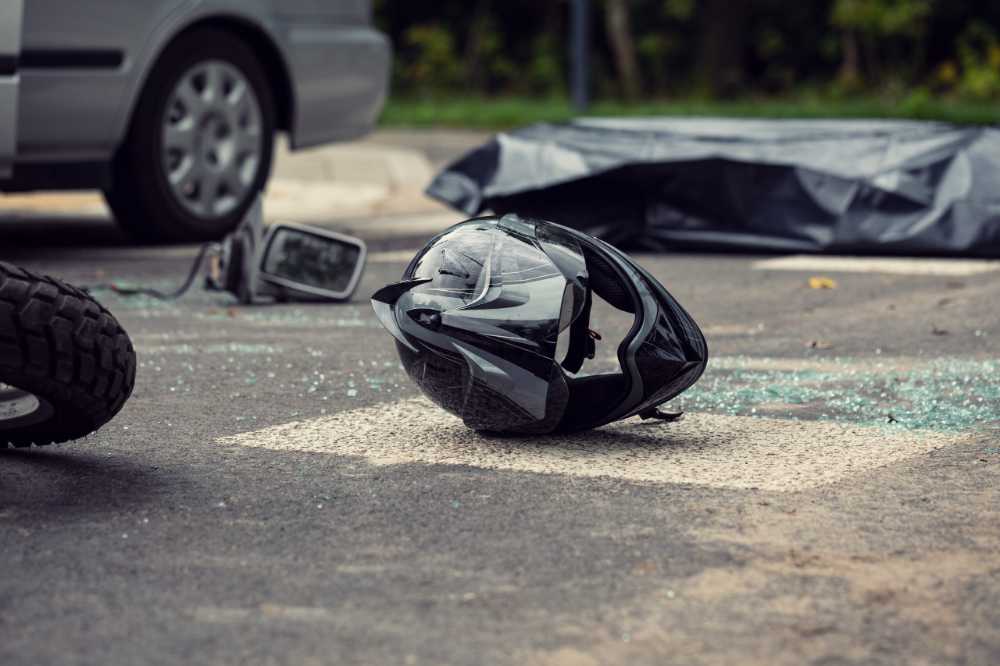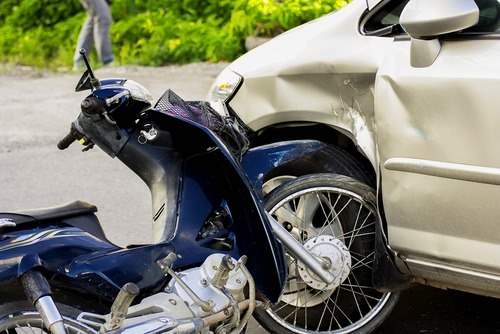Road rash is one of the most common types of injuries that can occur when riding a motorcycle or bicycle. Unlike traveling in a passenger vehicle, when riding a motorcycle or a bicycle, you are more open to injuries like road rash because there is nothing between you and the road if you are in an accident.
While you can and should take precautions to wear proper safety gear, the risk is still much greater in these types of accidents. To treat serous cases of road rash, motorcycle accident and bicycle accident victims may have to rely on skin graft procedures. Fortunately, accident victims who suffer injuries because of another’s negligence may recover damages for this costly medical treatment.
What is road rash?
Road rash is a term used to describe the patches of abraded skin after skidding along asphalt or pavement during a bicycle or motorcycle accident. If the road rash is not too severe, it can take a few weeks to recover and generally does not require treatment beyond keeping the wound clean and maybe using an antibiotic ointment.
However, if the road rash goes through all the layers of a patient’s skin, then a skin graft may be required to repair the damage. If a patient’s road rash does not heal after a couple weeks, the patient should revisit their health care provider. Road rash can leave significant scarring as well.
Find a Personal Injury Lawyer, Near Me
(855) 529-0269What is a skin graft?
Often, people who have suffered severe road rash injuries need skin grafts. A skin graft is when a patient has a surgical procedure that takes skin from one area of the patient’s body and attaches it to another area of the body. In some cases, donor or artificial skin might be used.
Usually, the top two layers of skin are taken from a healthy area of the body, most likely an area that is easily hidden by clothes. A skin graft can cause scarring in both the area where the skin was taken and the area where the skin is being replaced. There are two types of skin grafts: a split-thickness skin graft and a full-thickness skin graft.
Split-thickness grafts are for less serious road rash injuries, and require replacing the top two layers of skin: the epidermis and the dermis. A full-thickness skin graft is for more serious road rash injuries. It requires taking the two layers of skin as well as muscles, blood supply, etc. It takes the full thickness of the skin instead of just the top two layers.
Patients may require pain medication after the surgery, and home care is necessary. A skin graft patient may need to wear dressings for a couple of weeks after the surgery, and will want to avoid doing any physical activity that stretches the skin graft site for several weeks, per doctor’s orders. Also, some patients need physical therapy after skin graft surgery.
Could I recover compensation for a skin graft needed after road rash?
Many people who have suffered road rash injuries during a motorcycle or bicycle accident wonder if they can seek compensation for their physical, emotional, and mental anguish. If another party caused the accident and, thus, your injuries and damages, then you may pursue a liability claim or lawsuit against the negligent party. You must establish liability for the accident as well as the extent of your damages.
Don’t go through the process alone. If you or a loved one has experienced road rash because of a motorcycle or bicycle accident in Florida, call Chalik and Chalik at 855-529-0269 to begin discussing your case so you can get started right away.
Call or text Chalik & Chalik
(855) 529-0269






